15 Animals Most Likely to Be the First Colonists on Mars
Life on Mars is still a big maybe, but if humans ever manage to settle there, they won’t go alone. Any future colony will need organisms that can tolerate intense radiation and a serious lack of oxygen. Scientists already have a shortlist of Earth species that might actually stand a chance. Here’s a look at animals that could call Mars their second home.
Tardigrades
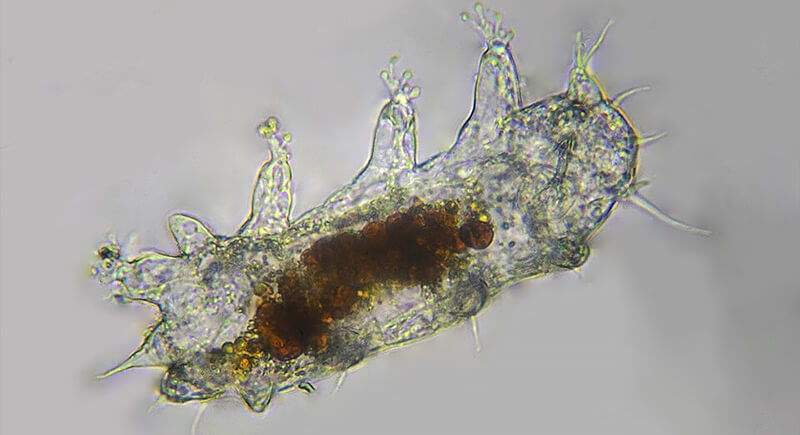
Credit: Wikimedia Commons
Tardigrades have survived direct exposure to the vacuum of space during a 2007 mission. They can also withstand freezing and intense pressure. In a dried-up state called a tun, they pause nearly all biological functions and can last decades without food or water.
Leaf-Eared Mice
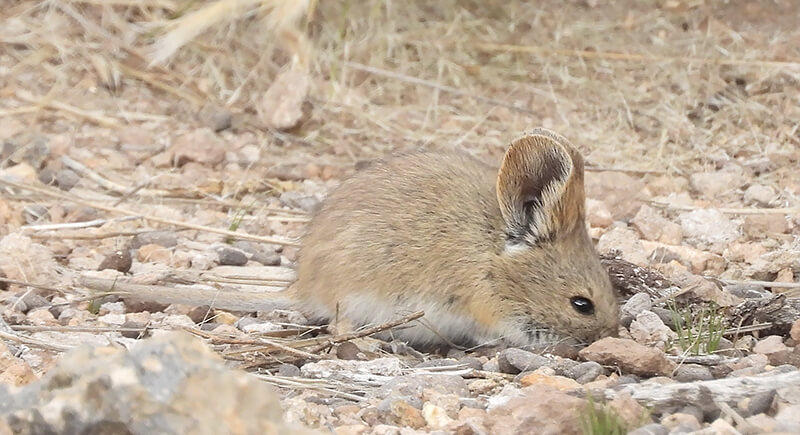
Credit: Wikimedia Commons
On a wind-blasted volcano 22,000 feet high in South America, researchers expected rocks and ice. What they found were mouse burrows—proof that Phyllotis vaccarum had survived conditions similar to Mars: freezing cold, low oxygen, barely any vegetation. These mice weren’t even carried there. They burrowed in and survived on their own.
Crickets
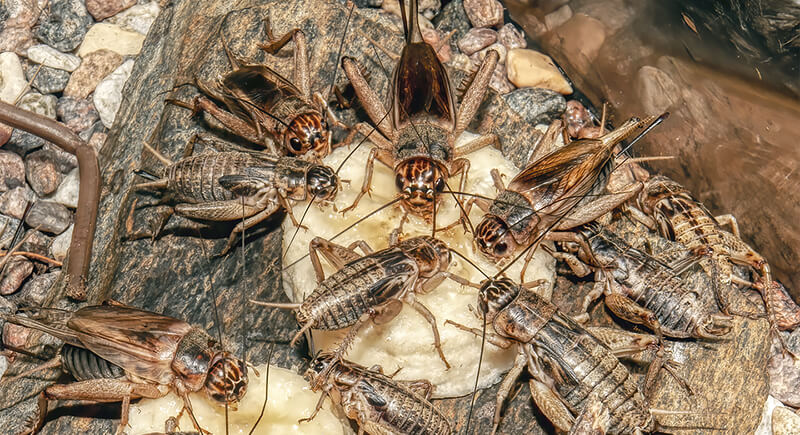
Credit: Wikimedia Commons
Raising livestock on Mars does not sound practical so far. Crickets, on the other hand, are a whole different story. They require little water and thrive on organic scraps. NASA has already explored them as a protein source. Crunchy or powdered into flour, they pack nutrition without the bulk. Bonus: they’re used to dark, enclosed spaces.
Lichens
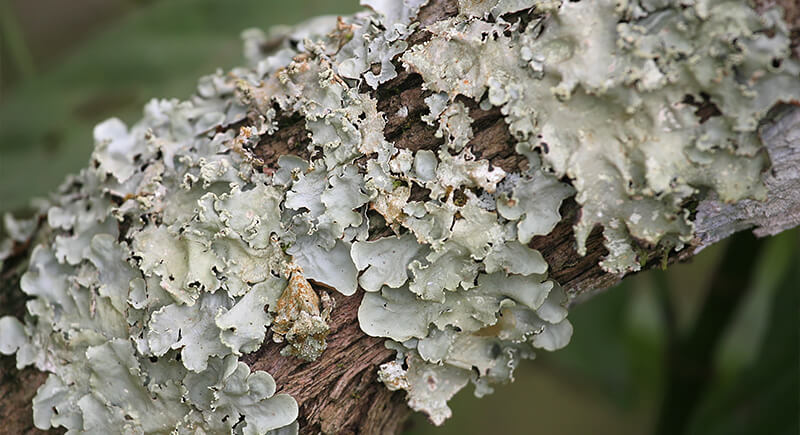
Credit: Wikimedia Commons
Some lichens have made themselves at home on Antarctic rocks, desert stone, and even the International Space Station. In simulations of Martian conditions—low light, low pressure, and high radiation—species like Cetraria aculeata stayed metabolically active.
Deinococcus Radiodurans
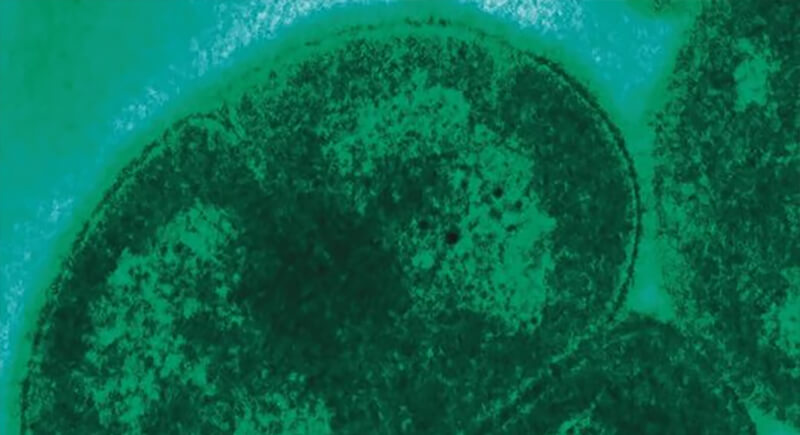
Credit: Wikimedia Commons
This bacterium doesn’t look like much, but it can survive radiation levels 25,000 times higher than humans. It’s been dubbed “Conan the Bacterium” and has a repair system that fixes DNA damage instantly. If buried just 10 meters underground, it could theoretically survive on Mars for hundreds of millions of years.
Guinea Pigs
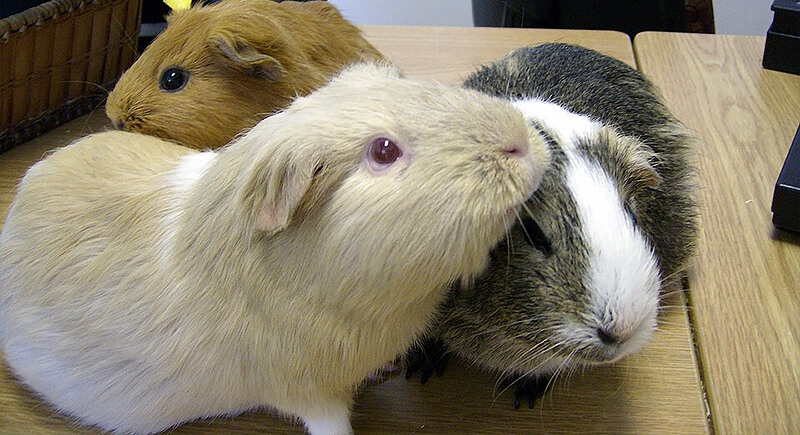
Credit: Wikimedia Commons
In parts of South America, guinea pigs are livestock. Elsewhere, they’re pets. On Mars, they could be both. They reproduce quickly, need minimal care, and offer meat, fur, and emotional support. For early settlers missing Earthly comforts, a squeaky friend that doubles as food could be a practical option.
Cyanobacteria
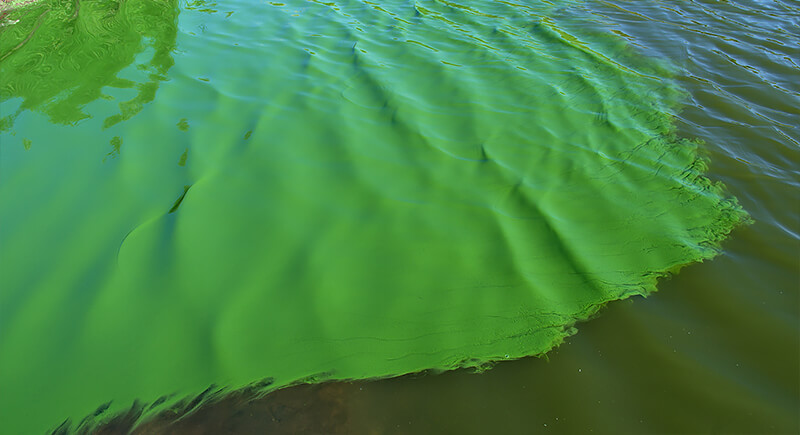
Credit: Wikimedia Commons
These ancient microbes added oxygen to Earth’s atmosphere billions of years ago. Today, scientists are testing them for Mars missions. In the right conditions, they can produce breathable oxygen and fix nitrogen. Some species also help enrich soil, which could support other plants.
Shrimp
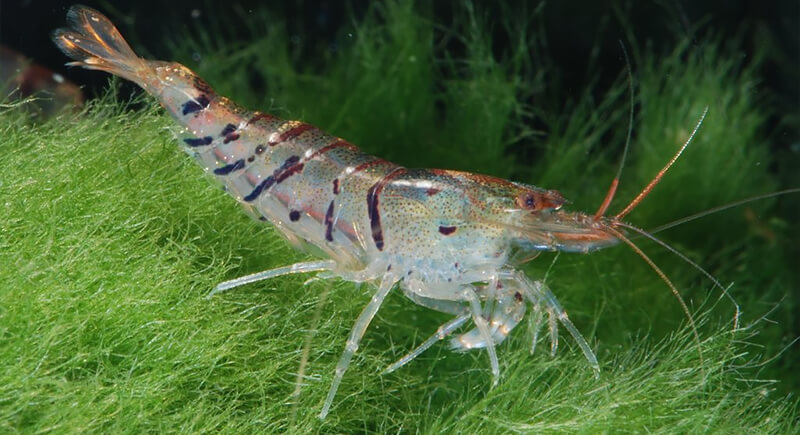
Credit: Wikimedia Commons
Shrimp can be grown in tanks as part of aquaponics systems—closed-loop setups where waste from aquatic animals helps feed plants. Because they live in water, shrimp aren’t affected much by gravity changes. They’re also rich in protein and could double as both food and bio-waste recyclers.
Alpacas
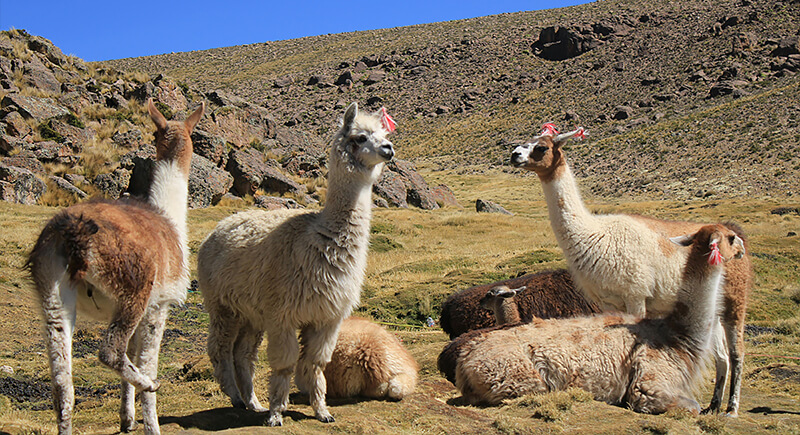
Credit: pexels
Alpacas come from the Andes Mountains and are built for thin air and rugged terrain. They eat less than traditional livestock and produce valuable fiber for clothing and insulation. They’re also gentle on the soil, which matters if you’re trying to grow anything in a fragile Martian greenhouse.
Honeybees
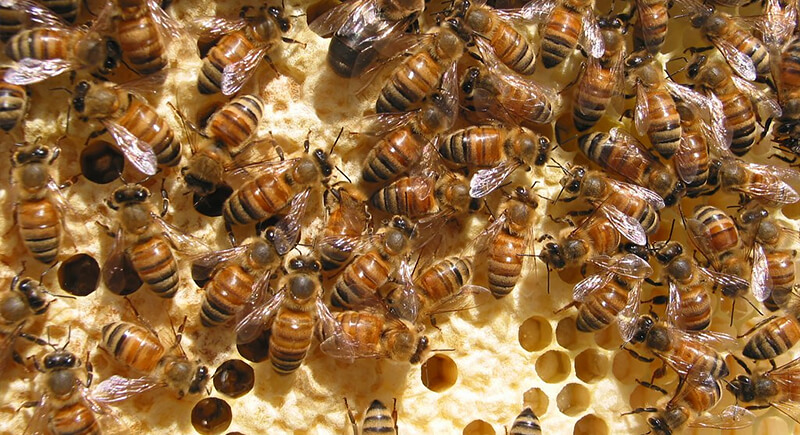
Credit: Wikimedia Commons
Pollination doesn’t happen on its own, especially not in a sealed Martian dome. Honeybees could become essential partners in crop production. Though delicate, bees have already flown on space missions, and their hives could be carefully maintained in pressurized habitats.
Mealworms
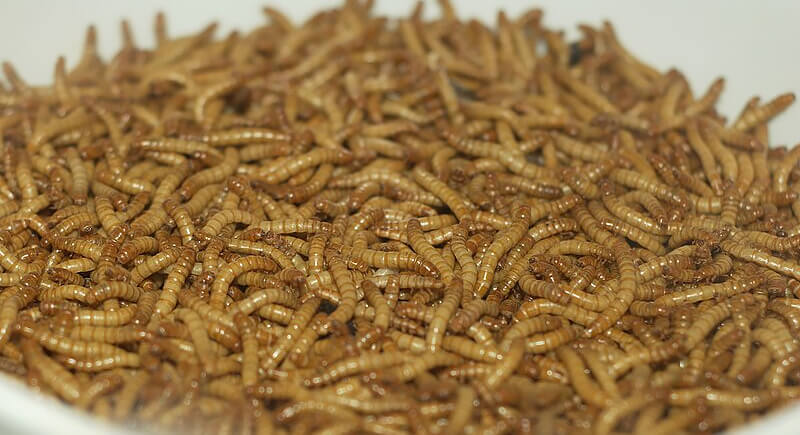
Credit: Wikimedia Commons
They’re already being raised commercially as a sustainable food source. On Mars, they could break down organic waste and help close nutrient loops in a habitat. Mealworms are experts in eating decaying matter and turning it into edible protein.
Algae
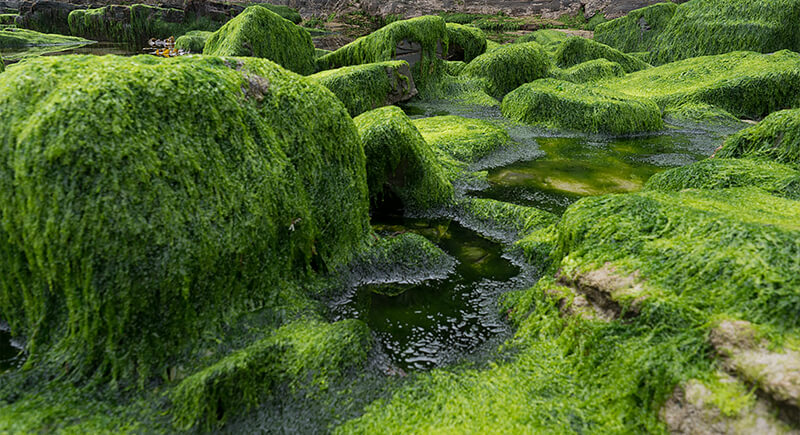
Credit: pexels
Algae can be food, fuel, air filters, and water purifiers all at once. Spirulina, for example, is packed with protein and grows in tanks with artificial light. NASA has studied algae for long-term missions, especially because they don’t need soil.
Chickens
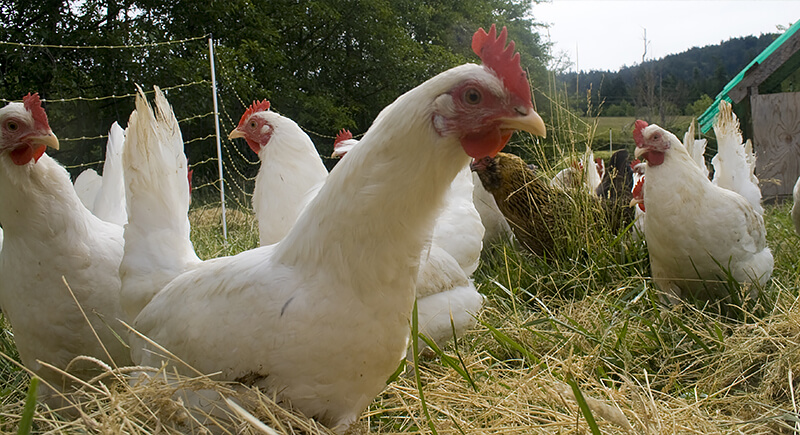
Credit: Wikimedia Commons
Raising chickens on Mars won’t be easy, but it’s not out of the question. They’re one of the most efficient birds in terms of food-to-egg ratios. Plus, they provide both meat and eggs. In a future where people crave a familiar connection to Earth, chickens might serve both practical and emotional roles.
Antarctic Krill
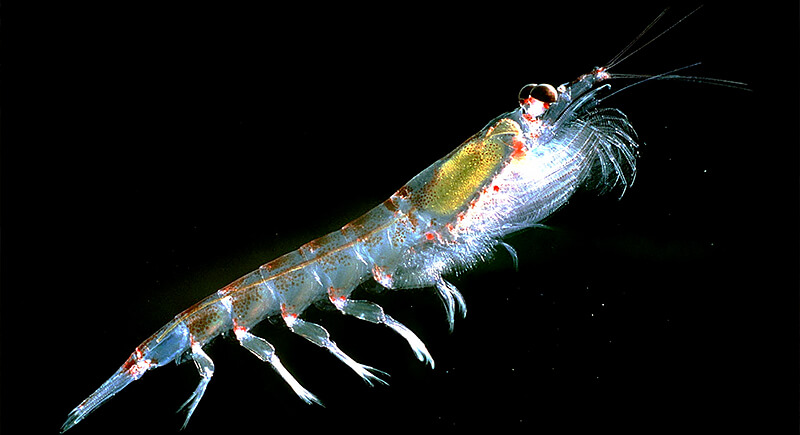
Credit: Wikimedia Commons
If humans ever melt Mars’s polar ice or redirect comets to create oceans, krill might be early aquatic settlers. These tiny crustaceans are a cornerstone of ocean food chains and survive in Earth’s coldest waters. They also support larger animals and could help establish a basic Martian marine ecosystem.
Mice
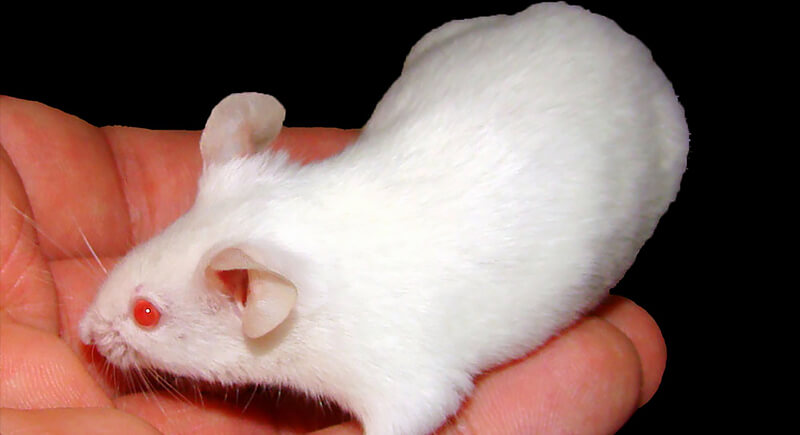
Credit: Wikimedia Commons
NASA’s been sending mice into orbit for years. They’re biologically similar enough to humans to be useful research subjects. They’ve bred successfully and shown scientists how muscles and bones respond to low gravity. If humans settle Mars, mice will likely arrive first.